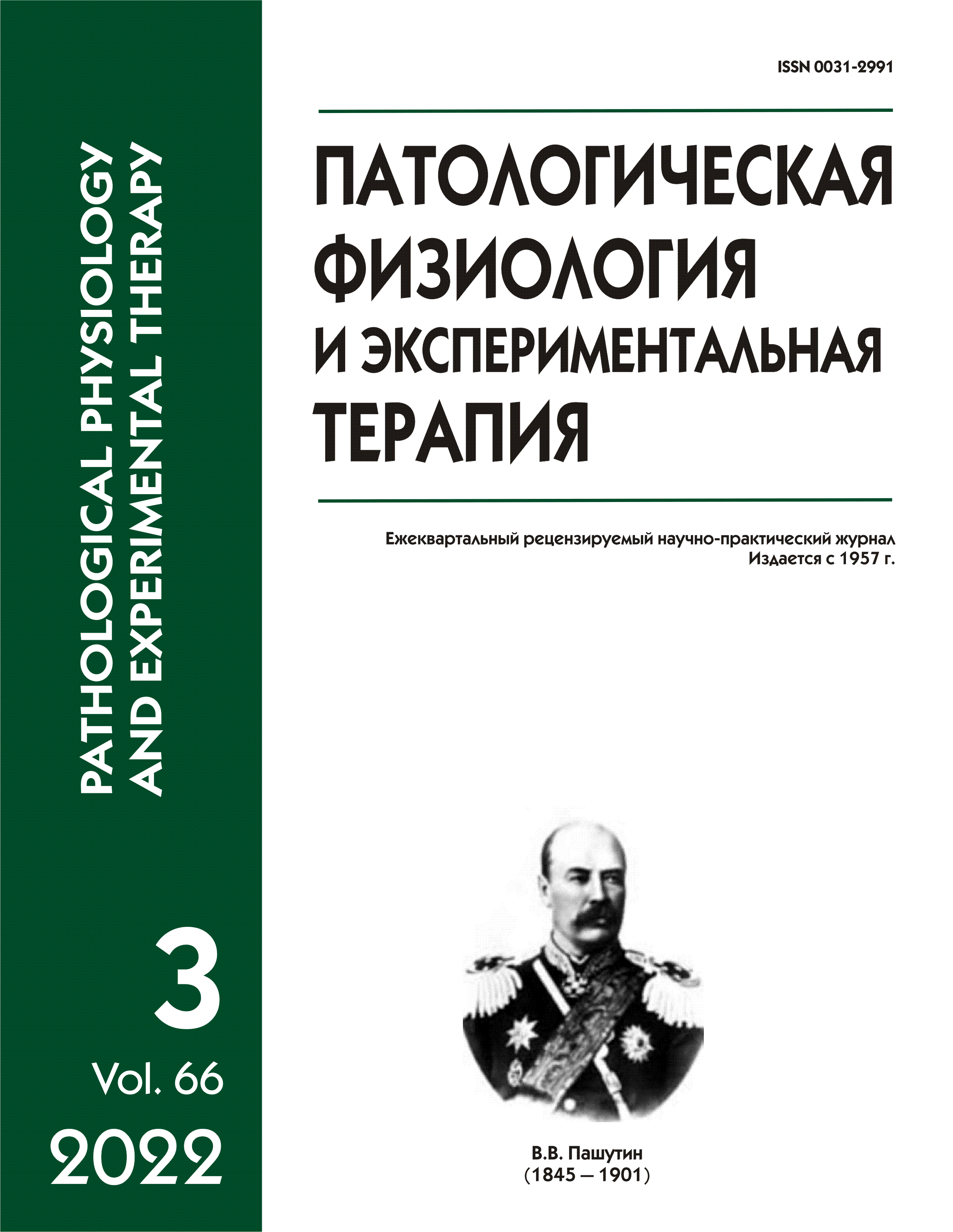Changes in free amino acid concentrations in blood serum of children with acute lymphoblastic leukemia and lymphomas after chemotherapy
Abstract
Hemoblastosis comprises a third of all tumors in children. Changes in the amino acid profile play a huge role in the pathogenesis of various malignant neoplasms, as recent research has demonstrated. Aim: To study free amino acid concentrations in blood serum of children with acute lymphoblastic leukemia and lymphomas after chemotherapy. Methods. 155 children and teenagers, 59 females and 96 males, 4 to 17 years old, were included in the study. All patients were in sustained remission of acute lymphoblastic leukemia and lymphoma (ICD-10 disease codes: C 01, C 81-84. The serum concentration of 25 free amino acids was analyzed with HPLC. Results. There was a significant decrease in some free amino acid concentrations in serum compared to reference values, specifically citrulline (23% of cases) and methionine (42% of cases). Excess serum aspartic acid was observed in 69% of patients, and 42% had elevated glutamic acid. Serum serine exceeded its normal values in 96% of patients, and proline and tyrosine exceeded normal values in 31% and 81% of patients, respectively. Conclusion. The increases in serum concentrations of aspartic and glutamic acids, serine, proline, and tyrosine indicate disbalance of the amino acid profile of patients with hemoblastosis. Further research on chemotherapy effectiveness is required with the exclusion of these amino acids from the diet. A decrease in the concentration of citrulline, an amino acid produced by enterocytes of small intestine, is more likely related to toxic damage of the gastrointestinal tract mucosa after chemotherapy.






